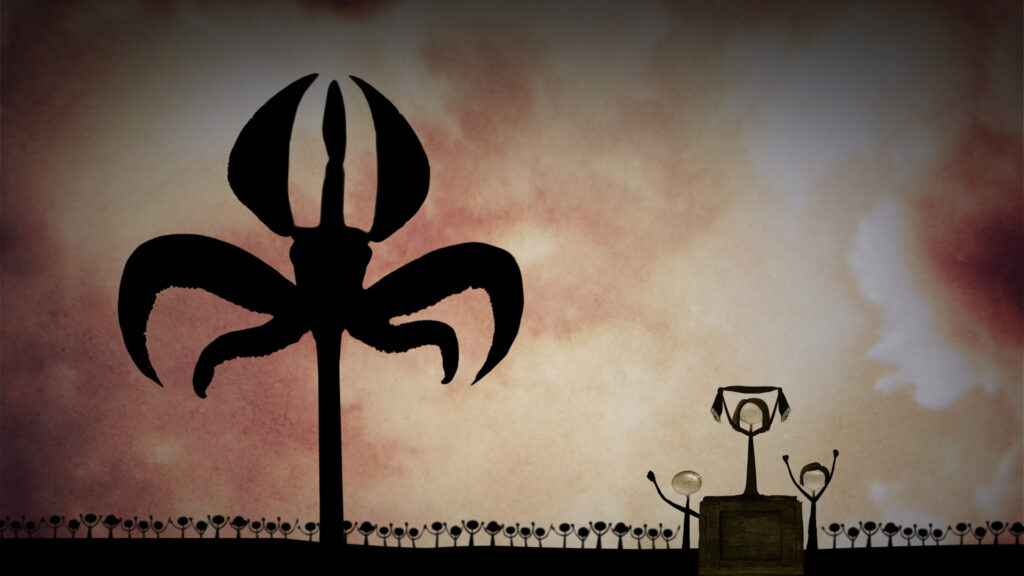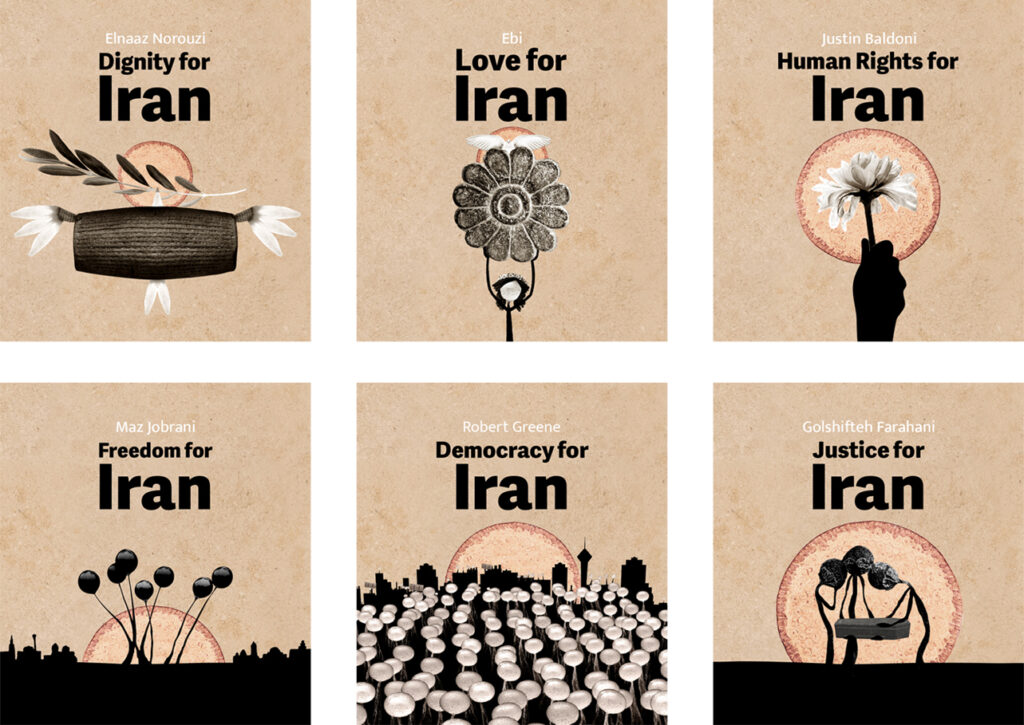By Rachel Reyna
In the fall of 2022, the death of 22-year-old Mahsa Jina Amini, who died in police custody, sparked outrage in Iran. Amini had been arrested by the Iranian morality police for failing to cover her hair with her hijab fully. An uprising began in the form of the Women Life Freedom movement, garnering international attention and participation from women and men alike.
Shortly before the movement began, Mehran Sanei, a British Iranian animator and creative director, launched “Onimations” with the intention of covering different aspects of human psychology through animation. “Onimations” is a series of animated short films created by Sanei in collaboration with writers, artists, and activists.
“After it happened, most Iranians couldn’t focus on anything else,” said Sanei. “Though it wasn’t the first uprising in Iran, it happened before, but this time, you can feel that everyone is involved. I couldn’t focus on the psychology subjects anymore, so I decided to continue the same style, and this time, I collaborated with the artists who are active in [raising] awareness about the situation in Iran.”

Developing his own style
Sanei graduated in 2009 from Academy of Art University’s School of Animation & Visual Effects (ANM), receiving his master’s in 3D character animation and visual effects. The style of his work, seen in the videos produced through “Onimations,” was inspired by African masks that he researched while studying at the Academy. Faculty members, including ANM Graduate Director Tom Bertino, encouraged him to continue this research and play with different styles.
“I came up with some weird-looking characters,” shared Sanei. “I think the best thing that happened to me was that Tom Bertino encouraged me to continue with this style. It looked different, so you’re not sure when you’re studying if you are doing something different from everyone else. Is it good or bad? So, I really needed that encouragement that I got from Tom.”
Bertino was Sanei’s character animation instructor and mentored and supported him outside of class. Bertino believed in Sanei’s ideas and encouraged him to stay true to himself and his unique style.
“It’s clear that he had his own thing even when he was a student,” said Bertino. “He was very much into his own trip, and it would have been a shame to take that away from him.”

Sanei felt supported by the Academy to pursue the concepts he wanted and to explore different artistic avenues, even if they weren’t conventional.
“To me, the model of one-size-fits-all education doesn’t work, particularly when you’re talking about artists,” said Bertino. “Everybody is unique; every student is a unique person or unique individual. They come from a unique vantage point, and they have unique things to say.”
Sanei never felt pressured to go by the rules of a specific playbook but was encouraged to move to the beat of his own drum.
“We learned about art; we learned about the history of art. It opened our eyes to see the different ways we could go,” shared Sanei. “We had amazing teachers, and one thing that I found interesting was that they were so encouraging in comparison to other universities. Whatever level you are, whatever talents you have, everyone is different, you didn’t feel left out. They would encourage you at your level at the things that were your strengths to improve.”
Collaborations are key
Sanei began to work on his animations to spread awareness about Iran after the uprisings began. He wanted the videos to be educational for those who lacked knowledge about Iran’s history and current events. There are currently 11 “Onimations” animations highlighting Iran with titles such as “Love for Iran,” “Women Life Freedom,” “Justice for Iran,” and “Democracy for Iran.” Among the list of “Ominations” collaborators are actress Golshifteh Farahani (“Paterson”), author Robert Greene (“The 48 Laws of Power”), actress and activist Nazanin Boniadi (“The Lord of the Rings: Rings of Power”), actor Brian Cox (“Succession”), and actor and filmmaker Justin Baldoni (“Jane the Virgin.”)
“With the help of these influential artists and authors, I’ve benefited not only from their artistic contributions but also from their large audience,” explained Sanei. “Thanks to them, these animations have been viewed more than 20 million times on Instagram.”

The unique styles and ideas that Sanei was encouraged to pursue at the Academy are reflected in these videos. He used microphotography of microorganisms called slime molds. Slime molds are single-celled creatures that live independently but combine together to make a body powerful enough to search for food and light. Together, they are smarter.
“They can find the fastest way to get somewhere together, and it’s amazing that they are separate entities, and they know when to unite. [When they combine] the shape they make together is like a human; it’s like they have a head and body. I used them for all these videos because, in this situation in Iran, the only way to go through it is if the majority of people unite. This is the time, even if they don’t agree on policies. They’re all looking for something freedom-like.”
Sanei not only uses his creations to spread awareness but also to express his own feelings and have a creative outlet. He also believes that art reaches audiences in ways that words cannot. To him, advocacy through art is important to bring awareness and make connections with those who see his work.
“For me, art is a kind of therapy,” explained Sanei. “It’s good to express the traumas that you’ve experienced. Using music and images, art allows you to communicate emotions that words alone are unable to convey. I find it very effective.”
